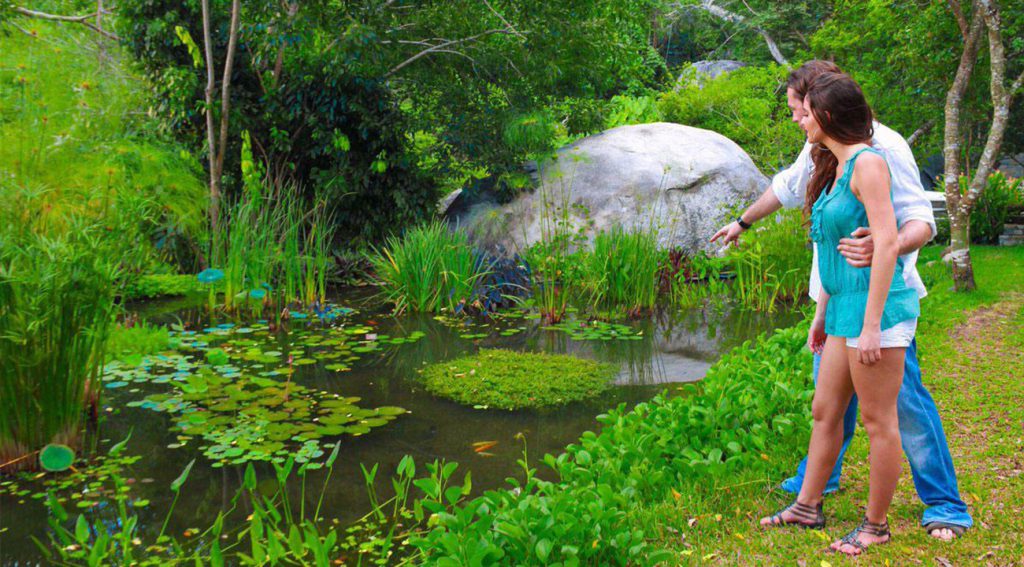Acapulco Botanical Garden
The botanical garden includes 6 hectares of subtropical deciduous forest. It has very comfortable trails where you can see two streams, a collection of palms and cycads, desert plants, hardwoods, as well as flowering and fruit trees, shrubs, heliconias and gingers, bromeliads, aeroids, ferns and vines.

The botanical garden includes 6 hectares of subtropical deciduous forest. It has very comfortable trails where you can see two streams, a collection of palms and cycads, desert plants, hardwoods, as well as flowering and fruit trees, shrubs, heliconias and gingers, bromeliads, aeroids, ferns and vines.
Discover the Acapulco Botanical Garden “Esther Salinas Pliego”, inaugurated on March 2, 2002, at a height of 200 to 400 meters above sea level. Open 365 days a year, if you come to Acapulco do not forget to walk with your family and let yourself be surprised by its splendid fauna
The botanical garden includes 6 hectares of subtropical deciduous forest. It has very comfortable trails where you can see two streams, a collection of palms and cycads, desert plants, hardwoods, as well as flowering and fruit trees, shrubs, heliconias and gingers, bromeliads, aeroids, ferns and vines, among others. Along the trails you can also observe the regional fauna.
Contenido
- Open every day from: 9:00 h to 6:00 h
- General admission per person $70.00 MXN
- Teachers and students admission per person (with valid ID) $30.00MXN
- Guided tours (Includes 1 to 6 people, Sundays free tour paying your general admission $500.00MXN
- It has an elevator for people with disabilities and older adults (office and elevator hours are from 09:00 h to 06:00 h)
- Tuesday Free Entry
- Information and reservations: (52) 744 461 3200 Acapulco Esther Pliego de Salinas Botanical Garden
- History
- Courses and Workshops of the Botanical Garden
- Mini Naturalists
- Technician in Parks and Gardens
- Summer course
- Urban garden
- vermicompost
- Floral design
- School visits
- Family Workshops
- It includes
- Topics to choose
- For more information (52) 744 461 3200 Acapulco Botanical Garden Esther Pliego de Salinas
- Directions to arrive:
- Map of the Acapulco Botanical Garden
Open every day from: 9:00 h to 6:00 h
General admission per person $70.00 MXN
Teachers and students admission per person (with valid ID) $30.00MXN
Guided tours (Includes 1 to 6 people, Sundays free tour paying your general admission $500.00MXN
It has an elevator for people with disabilities and older adults (office and elevator hours are from 09:00 h to 06:00 h)
Tuesday Free Entry
Information and reservations: (52) 744 461 3200 Acapulco Esther Pliego de Salinas Botanical Garden
History
The Botanical Garden was inaugurated on March 2, 2002 and is located in the Sierra Madre del Sur that borders Acapulco at an altitude ranging from 200 to 400 meters above sea level. Two streams cross the garden, one that has water inside it throughout the year, while the other only emerges during the rainy season. It shows a tropical, semi-humid climate with rains in summer and a dry climate in winter.
This is a tropical botanical garden. Here you will find an extensive variety of native species, including timber, flower and fruit trees; You will also find plants introduced from the rest of the world such as palm trees, cycas, heliconias, gingers, aroids, desert plants, ferns, bromeliads, orchids, for example.
The main wildlife is composed of different species such as songbirds, among which we will find parakeet, Penelope purpurascens (Cojolite or class of pheasant), Pandion haliaetus (Osprey) and Penelopina nigra (Black Chachalaca or Pajuil).
Reptiles such as iguanas, lizards and snakes: Iguana (Green Iguana), Ctenosaura pectinata (Garrobo or lizard class), as well as some mammals: Pseudocheirus peregrinnis (Opossum or opossum), and Procyon lotor (raccoon or washing bear).
The Acapulco Botanical Garden is a non-profit organization that: Provides its visitors with a different, relaxed and pleasant space for entertainment.
Educates through the appreciation of nature, its flora and fauna. It increases the knowledge of the environment and the conservation of the balance of the ecosystem.
It shows an attractive and different collection of native tropical plants and other sites around the world. Involves students in their occupations, especially adolescents.
Courses and Workshops of the Botanical Garden
Mini Naturalists
Especially for the little ones in the house, they only attend on Saturdays, and the objective is to get their hands dirty with various activities that help them promote environmental education.

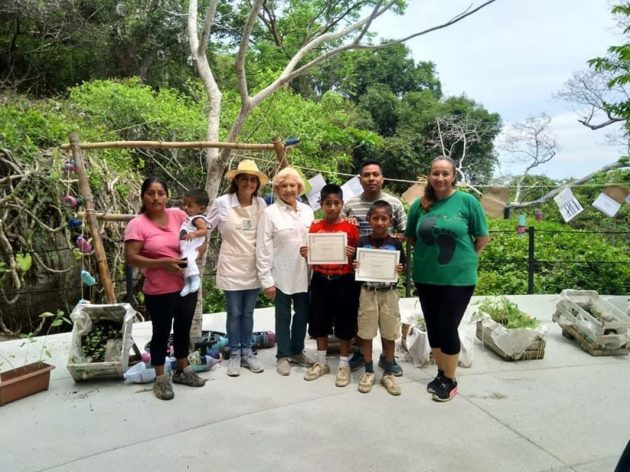
Technician in Parks and Gardens
Valid formal courses on horticultural and horticultural knowledge, complemented by theoretical lessons given by competent teachers in each subject.


Summer course
Let the children enjoy their vacation. In the garden, they learn how to grow vegetables and flowers, including arts and crafts classes.
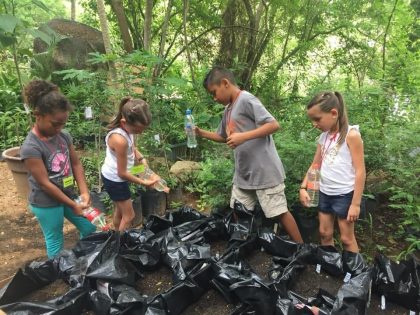
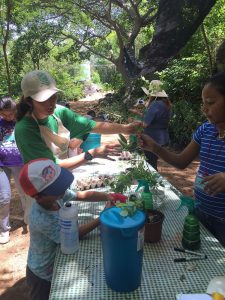
Urban garden
Advanced agricultural methods of gardening on small plots in urban areas with the use of organic fertilizers.
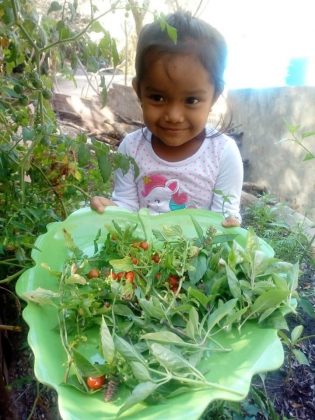
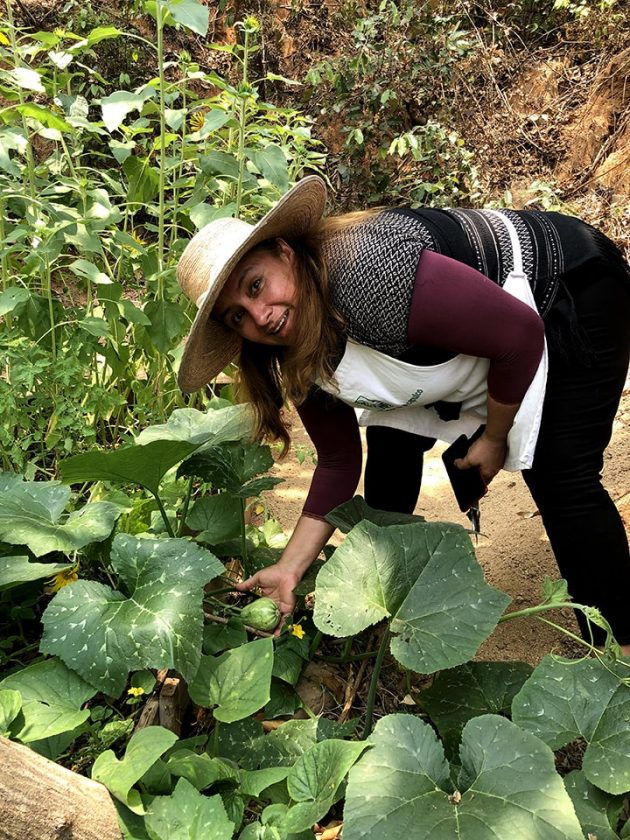
vermicompost
It all starts with good soil. Learn how to use kitchen waste for California worms to do their job, so we have the perfect substrate for our plants.
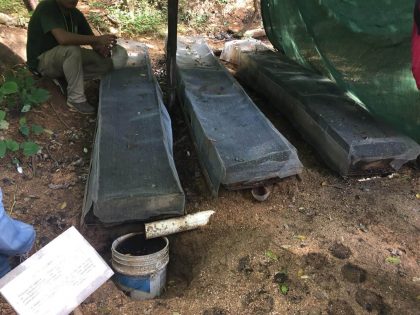
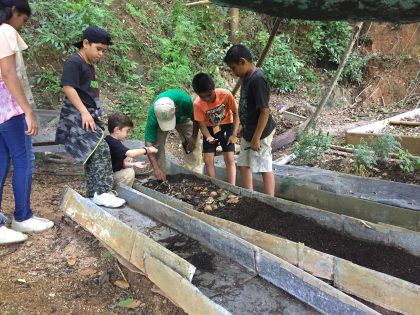
Floral design
Knowing how to combine and display plants and leaves is an art, technique and rule to create a beautiful flower arrangement, it is not necessary to be an expert.

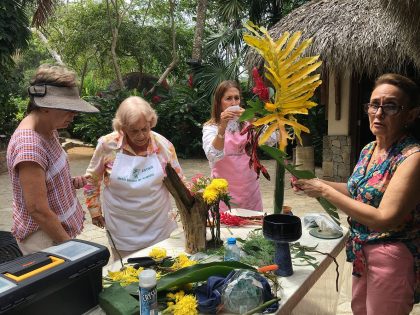
School visits
The garden became an open classroom for our colleagues, who enjoyed guided tours with interesting explanations, refreshments, and finally began to work in workshops that allowed them to learn more about plants.
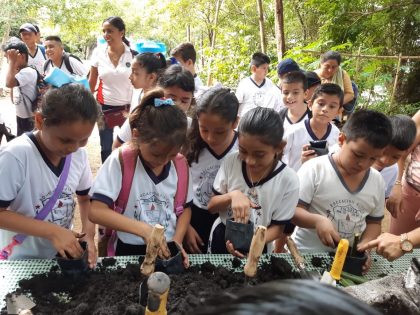

Family Workshops
Enjoy a family outing Book a day at the #JardinBotanicodeAcapulco and enjoy nature, clean weather and all health and safety regulations.
- Family workshop $500 (prior reservation, max 6 people)
It includes
- family tour
- Workshop for children, parents can also interact
Topics to choose
- the world of ants
- native trees
- soil fauna
- painted bamboo pot
For more information (52) 744 461 3200 Acapulco Botanical Garden Esther Pliego de Salinas


Directions to arrive:
Address: Avenida Heroico Colegio Militar without number, Fracc, Cumbres de Llano Largo, 39820 Acapulco de Juárez, Gro.
Arrive by the Scenic Highway, where the overpass is, go up to the mountain. There are signs there. Continue to Univ. Loyola, where you will find another sign and enter the parking lot of the Faculty from the bottom.
Map of the Acapulco Botanical Garden





